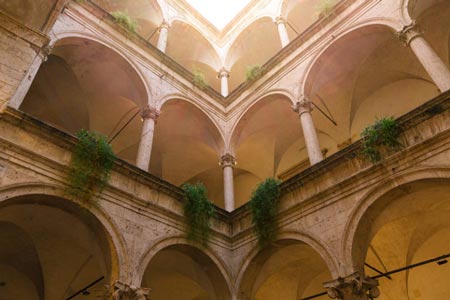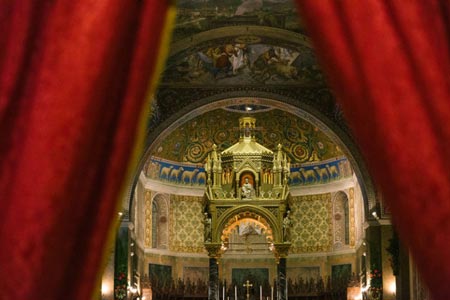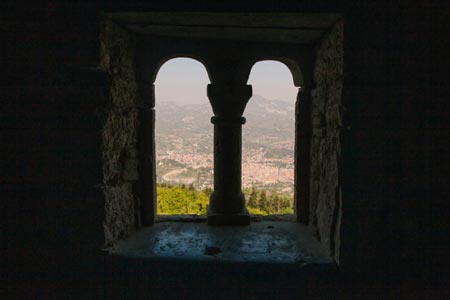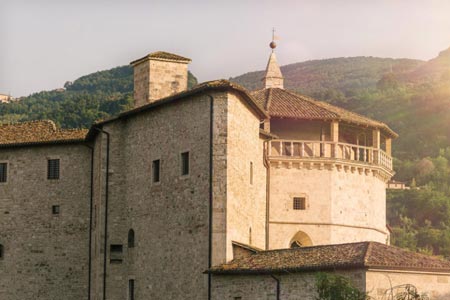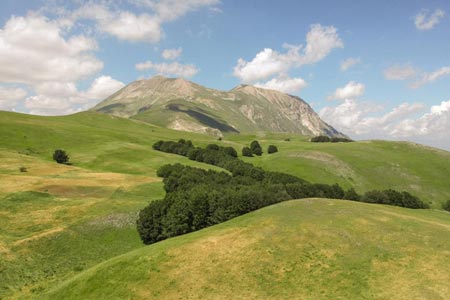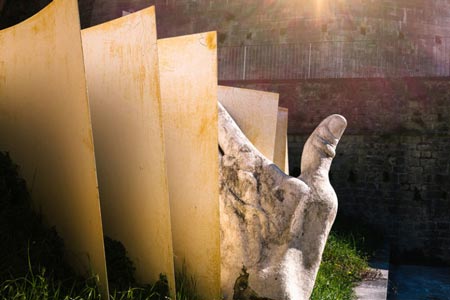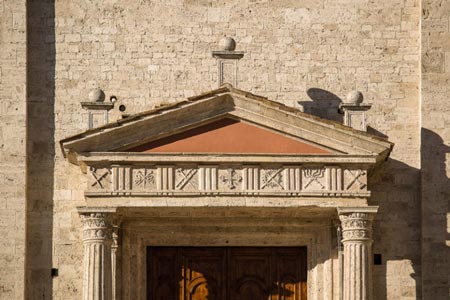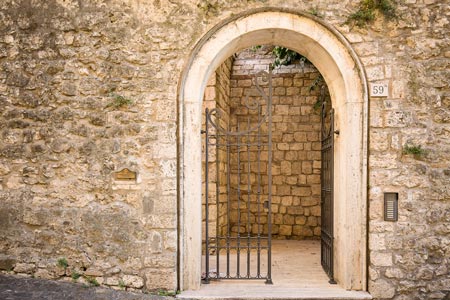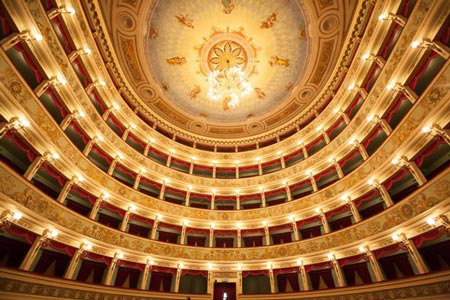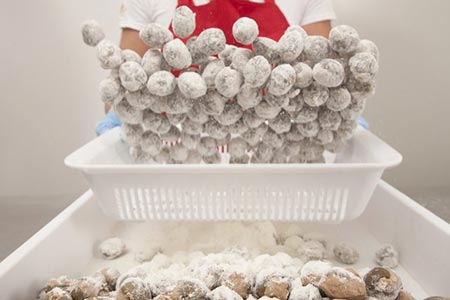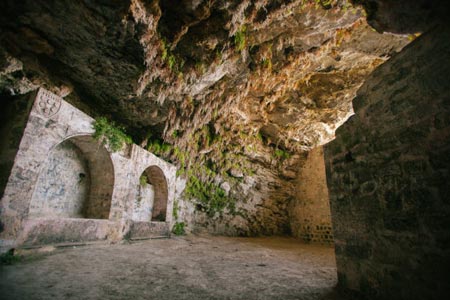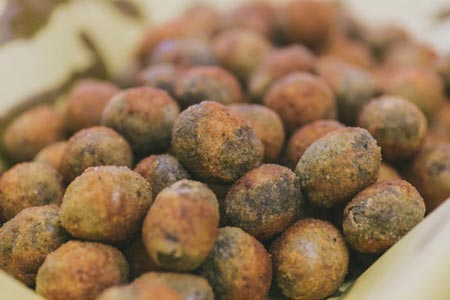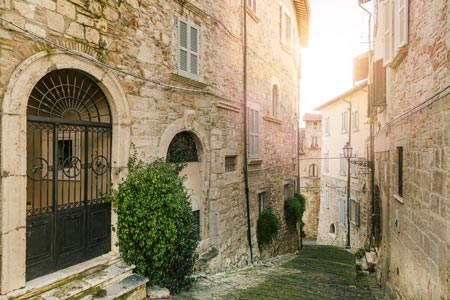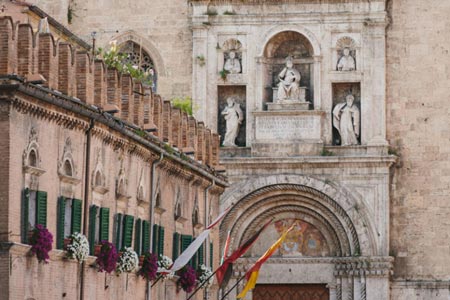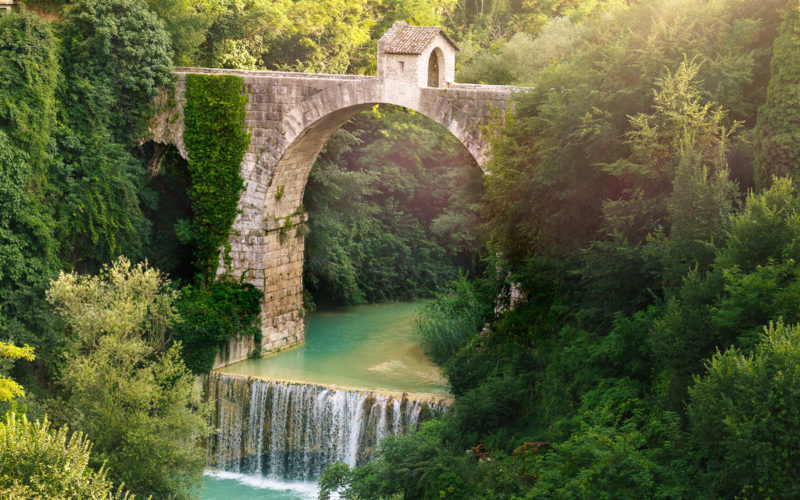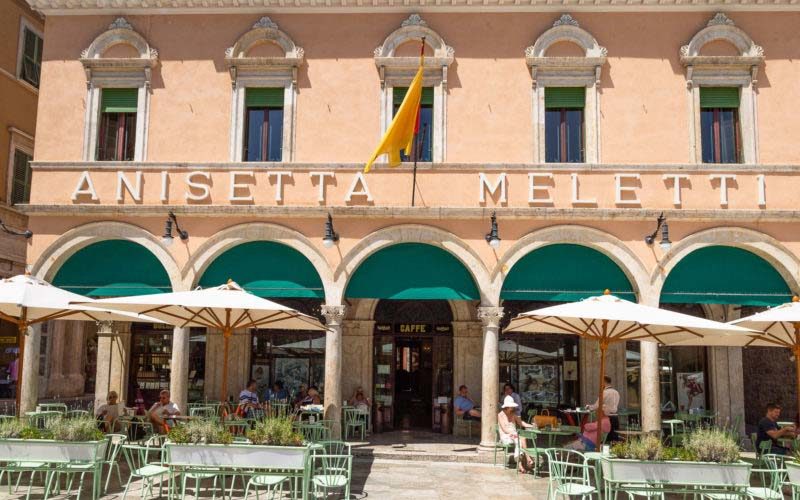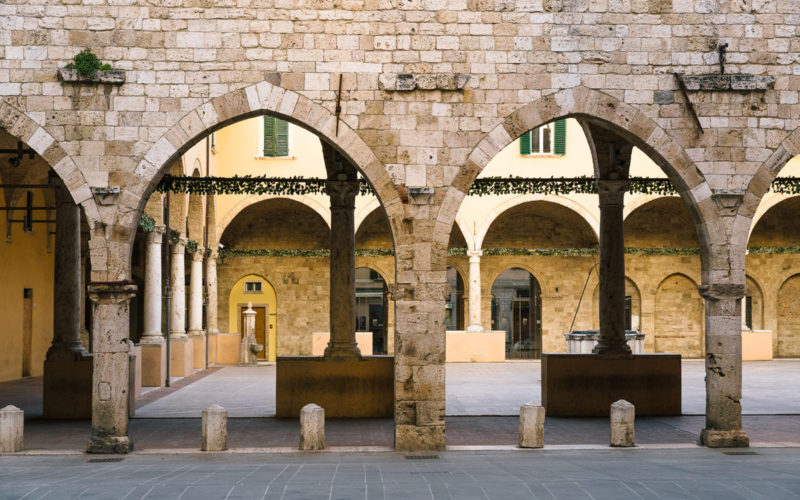Must-see historical sites in Ascoli Piceno: The Roman Theatre
Nearby the historic center of Ascoli Piceno, standing at the foot of Annunziata Hill, The Roman Theater is one of the most fascinating monuments that a tourist cannot miss. Built on a pre-existing Italic theater used by the Picenes for their rites, is the same in which the Roman proconsul Quinto Servilio, with his defiant speech, triggered the rebellion that led to the Social War of 89 B.C. and the destruction of the Piceno capital. Excavations between 1932 and 1959 bring to light the system of the hemicycle on which the spectators’ stall seats stood. The theater was northerly oriented and allowed spectators to enjoy the show without ever having the sun in their eyes.
The travertine seats are very interesting! They have a seat number mark (today’s numbered stands) and often the name of the lucky “subscriber”. Those seats are today preserved in the State Archaeological Museum in Piazza Arringo. Other remains relate to the “orchestra”, which was the place where the choir stood: an exedra made in the “opus reticulatum” technique remains, but it had to look like an apsidal environment enriched by marble columns and mosaics, used as a meeting and waiting room.
Unfortunately, the part of the stage that was undoubtedly imposing and rich in polychrome marble, has never been recovered. It was arranged on several orders (similar to the facade of a large building) typical of Roman theaters, certainly dismantled and plundered of its most precious materials.
The history of the theater ends with the Longobard sack of 578, and time to recover material for new constructions comes. The imposing construction was used as a quarry, and the findings of furnaces built to “cook” the travertine and to produce lime are many.
The earthquakes and landslides buried this masterpiece for centuries.
Learn more about the Roman Theater archaeology here!
CONDIVIDI I TUOI SCATTI CON GLI HASHTAG: #visitascoli #ascolipiceno2024
AUTHOR: Lella Palumbi, expert in art history
PHOTOGRAPHER: Mauro Corinti, photographer
